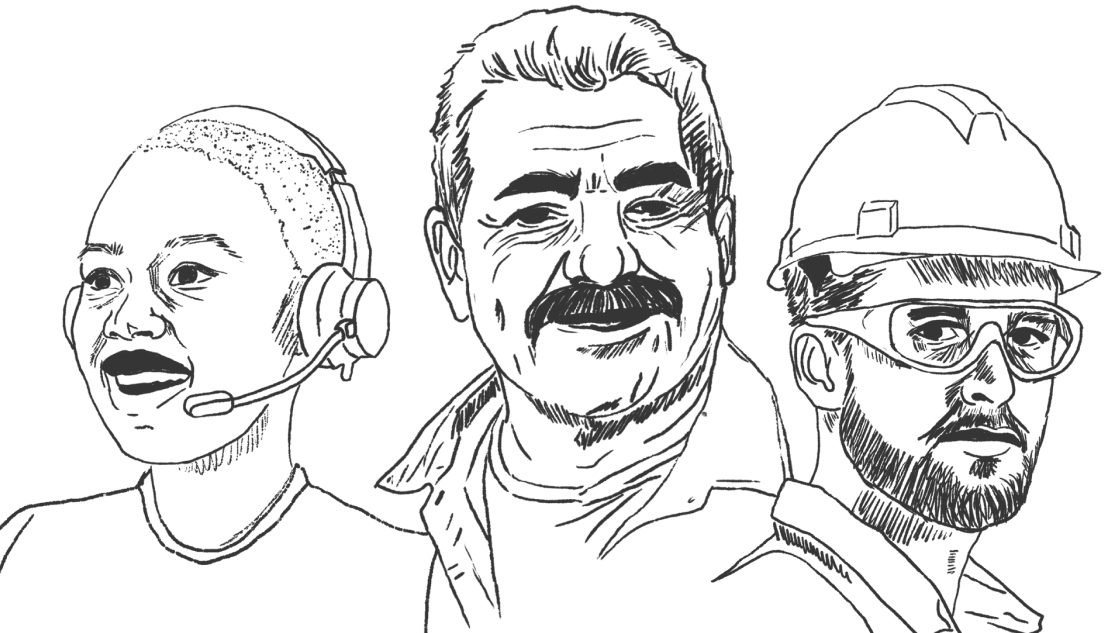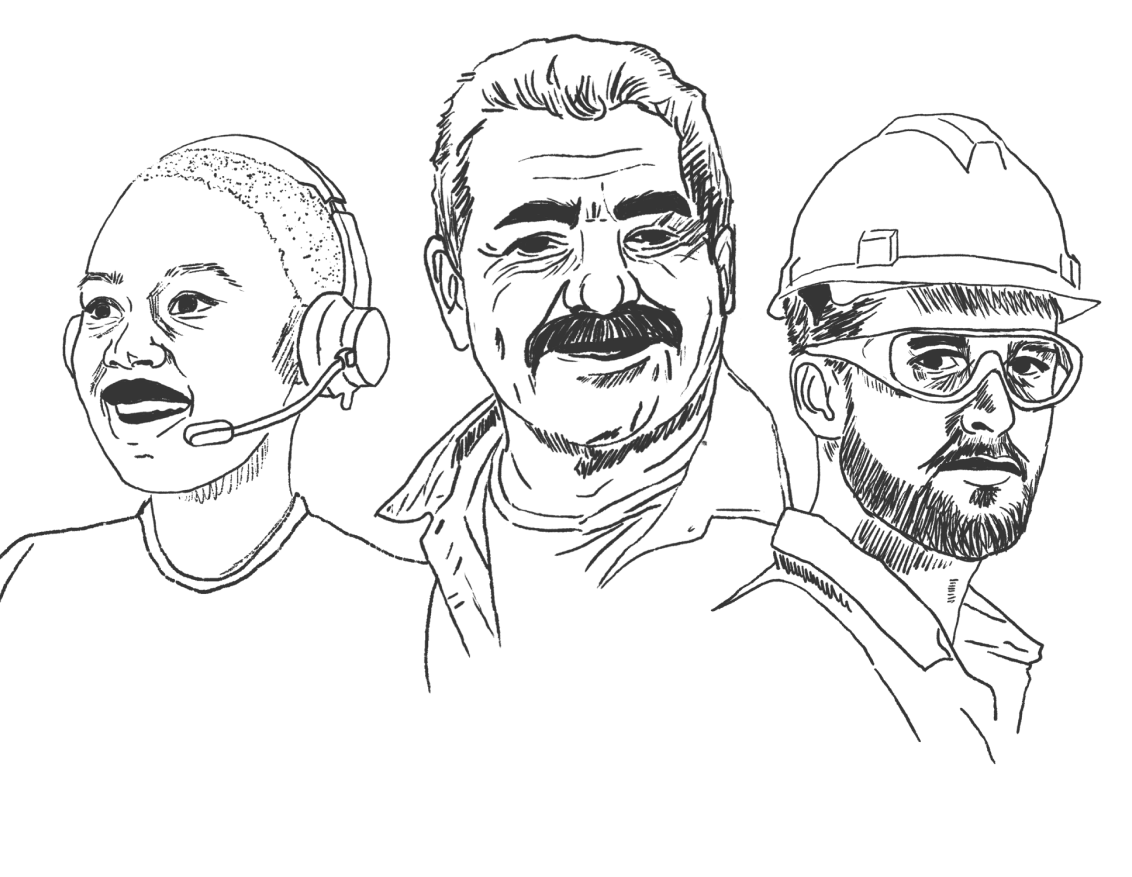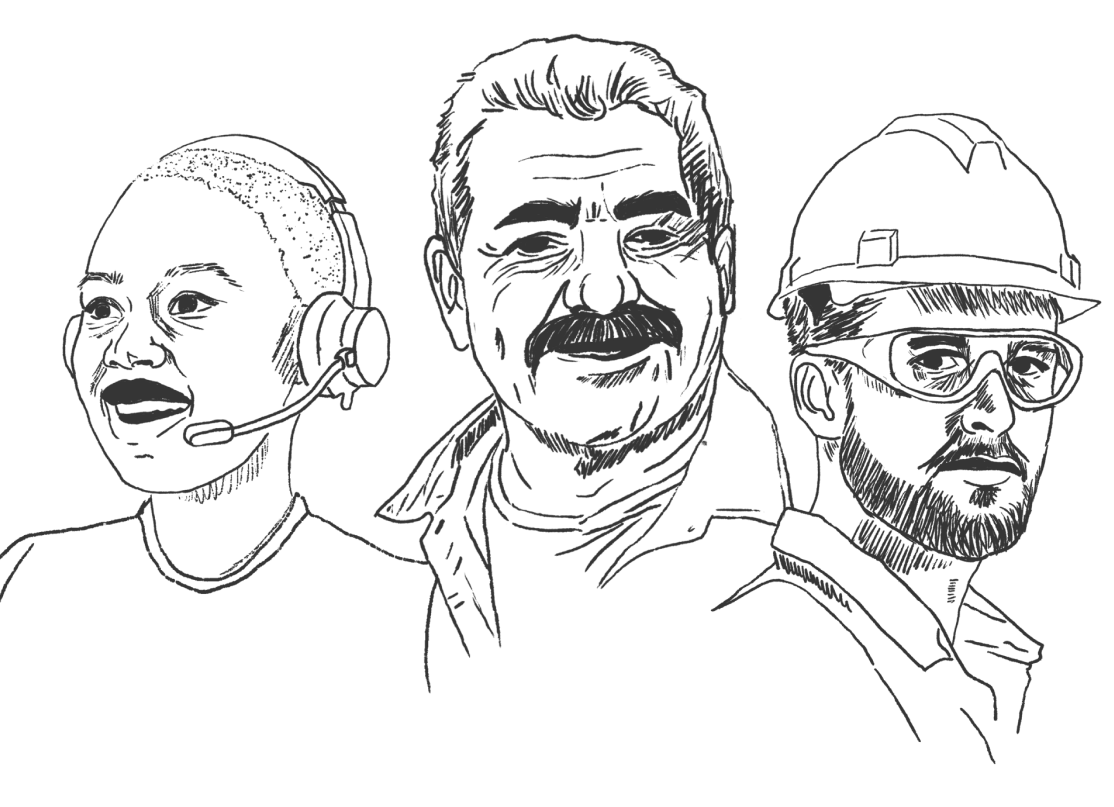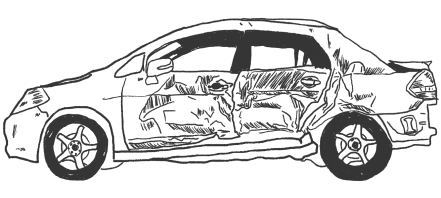The Most Dangerous Places to Drive in San Antonio
Every year, preventable car accidents injure thousands across San Antonio. We want you to stay safe by knowing where these high-risk zones are and when accidents are most likely to occur. That’s why we’ve gathered key accident statistics and identified the areas where crashes occur most frequently. A little extra awareness can go a long way in helping you make smarter decisions on the road.
Based on data from the Texas Department of Transportation Crash Record Information System (TxDOT CRIS) as well as the San Antonio Police Department, Texas is one of the deadliest states in the US to drive in.
Key Takeaways from Crash Data
- Most Dangerous Intersection: The junction of Loop 410 and Highway 151 stands out with 260 reported crashes, mainly due to heavy traffic and challenging freeway merging conditions.
- Fatal Crash Hotspots: The intersections of Loop 410 & Highway 151 (6 fatal crashes) and I-35 & Loop 1604 (5 fatal crashes) are particularly dangerous, often involving excessive speeds and impaired driving.
- Peak Crash Periods: The highest frequency of crashes occurs during rush hours, from 4–7 PM, and late at night, between 8 PM and 4 AM, when incidents related to drunk driving spike, especially on weekends (Friday through Sunday).
- Leading Causes of Crashes: Speeding accounts for 25.7% of accidents, distracted driving contributes to 12.9%, traffic signal violations make up 10.4%, and drunk driving was involved in 47 fatal crashes in 2020.
- Citywide Snapshot: In 2022 alone, San Antonio experienced 39,355 total crashes, including 186 fatal crashes resulting in 199 deaths, and 542 serious injury crashes causing 625 severe injuries. Nearly 43% of all collisions occurred at intersections.
Most Dangerous Intersections in San Antonio
Intersections are among the most accident-prone areas in San Antonio due to high traffic volumes, frequent lane changes, sudden stops, and driver misjudgment. These 10 intersections are especially hazardous because they involve complex signal patterns, multiple turning lanes, or connections to busy freeways and frontage roads. These locations also serve as major spots for commuters and tourists. By being aware of these high-risk spots, you can stay more alert and take extra precautions to avoid becoming part of the statistics.
Based on TxDOT data from 2020 to 2023, here are the top 10 intersections.
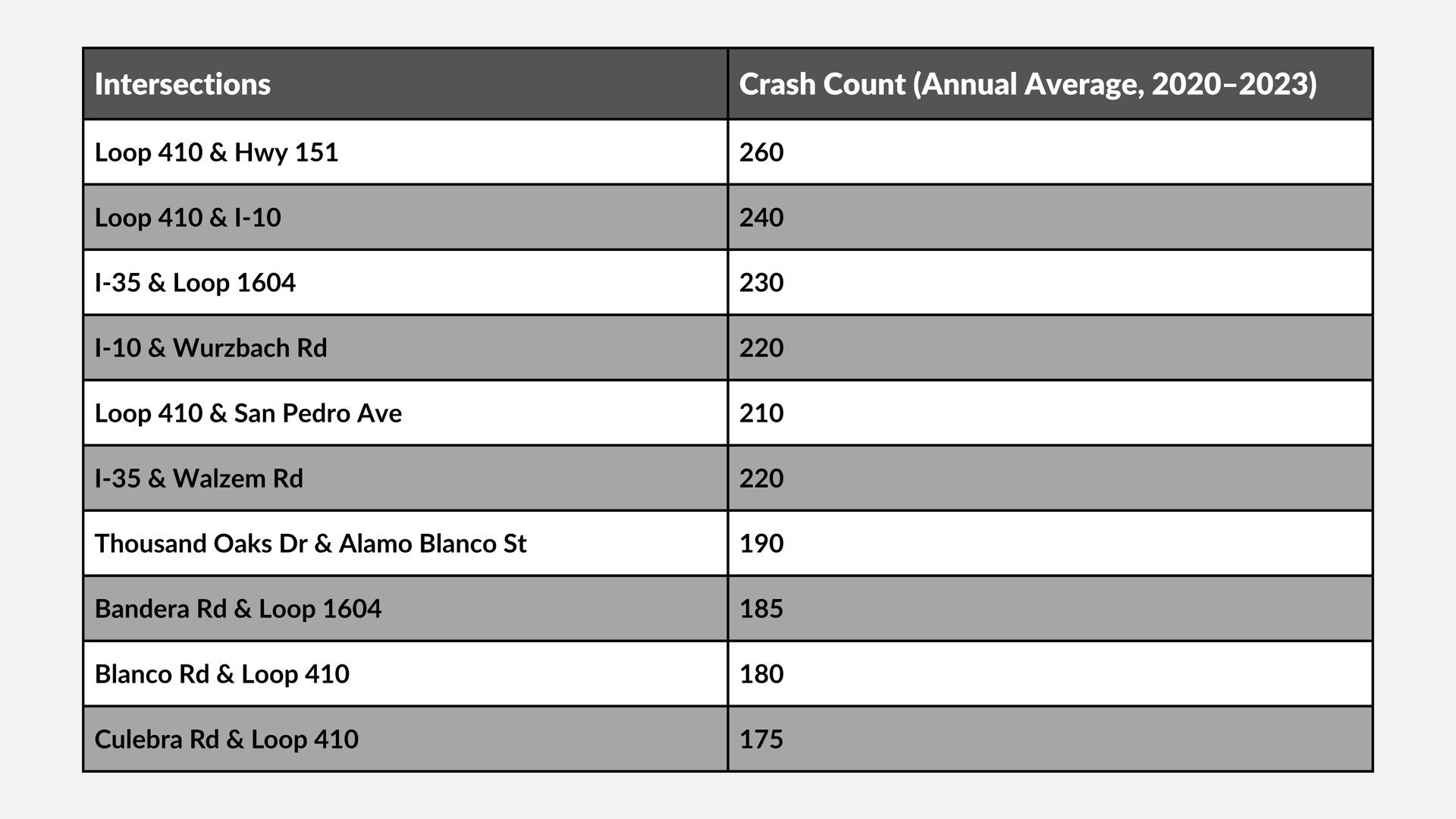
San Antonio’s Most Crash-Prone Roads and Corridors
In addition to the area's busy intersections, several major roads in San Antonio consistently rank as high-risk for crashes. Based on total crash counts (including property damage, injuries, and fatalities) in TxDOT DISCOS data, these are the top 10 roads with the most frequent accidents.
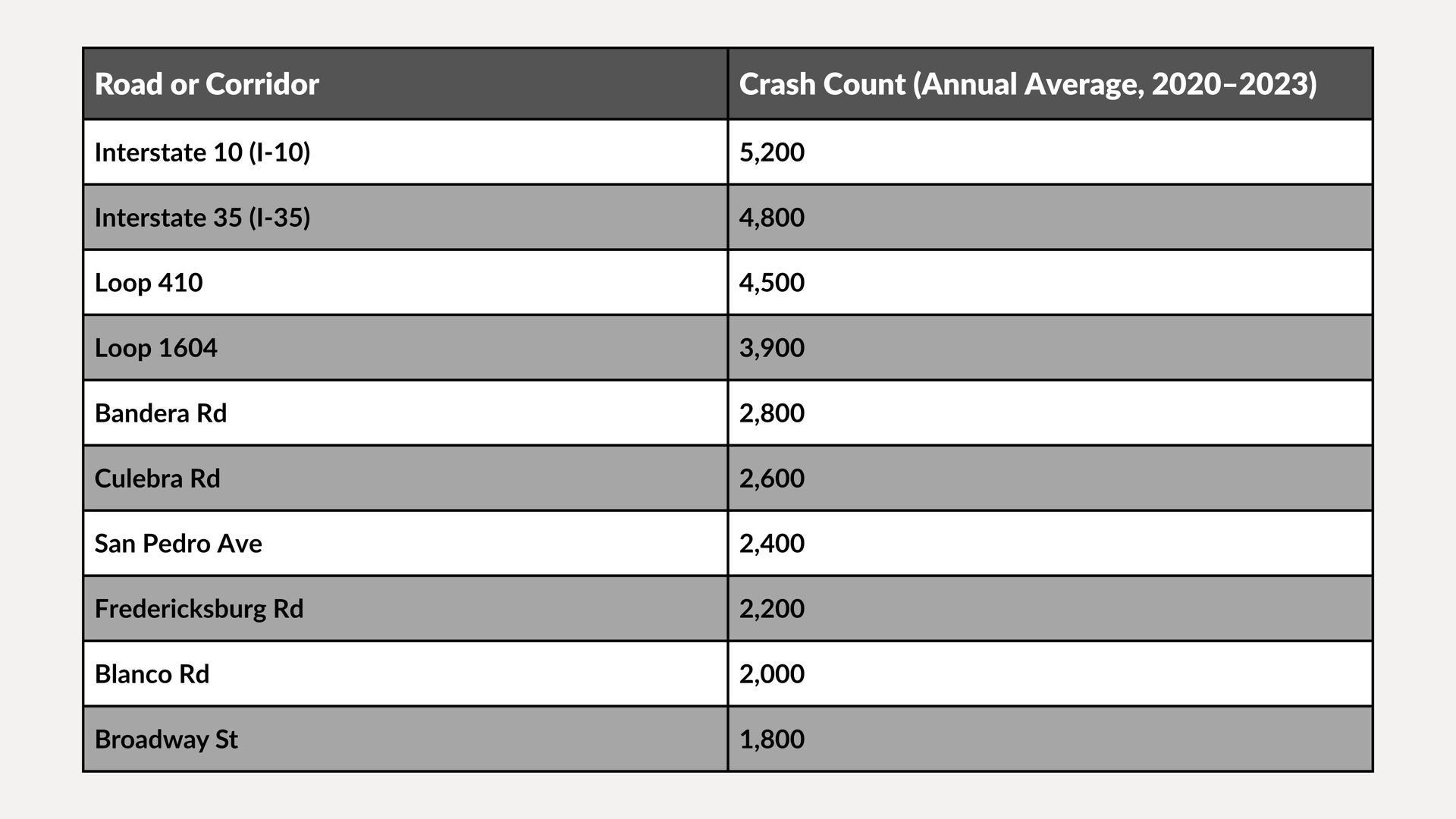
Locations with the Most Fatal Crashes
Based on data from the NHTSA’s Fatality Analysis Reporting System (FARS) and TxDOT’s Crash Records Information System (CRIS), the roads listed below are among the most dangerous in San Antonio for fatal crashes. In fact, I-10 was ranked as the most dangerous road in all of Texas in 2023, with 126 fatal crashes, many of which occurred along the stretch passing through San Antonio.
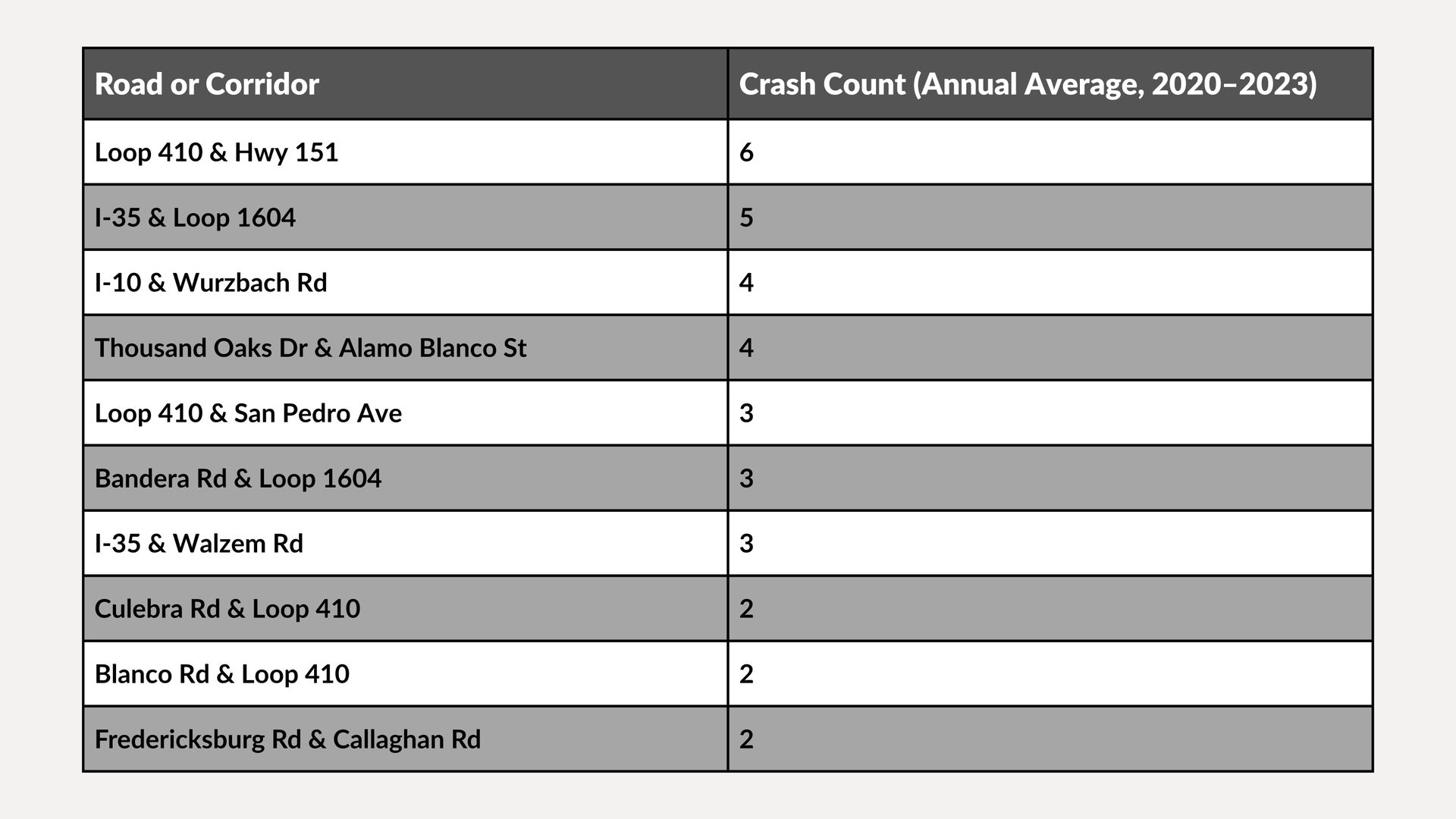
Fatal accidents are devastating, not only for the individuals involved but for entire families and communities. At A2X, we’re committed to promoting awareness and encouraging safe driving so you can stay vigilant behind the wheel. If you’ve lost a loved one in a fatal crash, whether on one of these roads or elsewhere in San Antonio, and aren’t sure where to turn, we’re here to help guide you through the following steps toward healing and recovery.
Top Causes of Crashes in San Antonio
Understanding the leading causes of crashes in San Antonio can help you stay alert and avoid becoming part of the statistics. While the city remains a popular tourist destination and continues to expand, the volume of traffic increases annually. Below are the most common contributing factors behind accidents on San Antonio roads, based on recent traffic and safety data:
- Speeding: One of the most frequent contributors to both minor and fatal crashes, especially on highways like I-10, Loop 410, and Highway 281.
- Distracted Driving: Texting, GPS use, and other in-car distractions account for a significant number of collisions across the city.
- Failure to Yield Right-of-Way: A significant factor at intersections and during merging, especially in areas with high pedestrian or cross-traffic flow.
- Impaired Driving: Alcohol-related crashes are still a leading cause of fatalities, particularly on weekend nights and near entertainment districts.
- Running Red Lights or Stop Signs: Often seen at high-traffic intersections, these violations can lead to dangerous T-bone or side-impact collisions.
When Crashes Happen Most Often
Evening rush hour (4–7 PM on weekdays) sees the highest volume of accidents. With congested highways, driver fatigue, and a general sense of urgency to get home or to evening plans, collisions (especially rear-end and side-impact crashes) are common. Major corridors, such as I-10, I-35, Loop 410, and Culebra Road, are especially prone to congestion-related accidents during this time frame.
The morning commute (7–9 AM) is another peak time for crashes. Drivers are often multitasking while navigating school zones, checking directions, or rushing to work, which can lead to distracted driving and sudden braking. Areas like Bandera Road, Military Drive, and the on-ramps to Loop 1604 and I-35 regularly experience early-morning collisions due to stop-and-go traffic and unpredictable lane changes.
Serious and often fatal crashes occur during late evening and early morning hours, particularly between 8 and 10 PM and 2 and 3 AM. These late-night crashes are usually linked to impaired driving, drowsiness, and reduced visibility. High-speed corridors, such as I-35, Loop 410, and stretches of I-10, are especially hazardous during these hours, when drivers are less alert and more likely to take risks or lose focus.
Tips for Staying Safe on the Road in San Antonio
The reasons behind these crash patterns are clear: heavy traffic, rushed or aggressive driving, infrastructure issues, and driver impairment all play significant roles in contributing to these incidents. Many of San Antonio’s older highways and interchanges weren’t designed for today’s traffic volumes, leading to narrow lanes, tight merges, and confusing signal patterns.
To stay safer on San Antonio roads, avoid peak traffic hours whenever possible, especially between 4:00 and 7:00 PM and 2:00 and 3:00 AM. Always allow extra space between vehicles, stay focused, and avoid distractions at all times. If you're heading out late at night, make sure you’re alert, or better yet, plan for a safe ride home.
Stay Informed. Stay Safe. We’re Here When You Need Us.
San Antonio’s roads can be hazardous, and the statistics bear this out. But behind every number is a real person, a family, and a story that matters. At A2X, we believe that knowing where and why crashes happen isn’t just informative; it can be life-saving. We share this data not to alarm you, but to empower you to drive smarter, avoid high-risk areas, and protect yourself and your loved ones.
If you or someone you care about has been involved in an accident, we’re here to help. From guiding you through the recovery process to connecting you with the support you need, A2X is committed to being your partner every step of the way. You don’t have to navigate this alone.
To stay up to date on local crash trends, safety alerts, and high-risk areas in San Antonio, you can follow trusted sources like KSAT News, TxDOT, and MySA (San Antonio Express-News) for the latest information on recent accidents, traffic patterns, road safety initiatives, and infrastructure updates. The more you know, the safer we all can be.
If you’ve been affected by a crash and don’t know what to do next, call us today at (361) 452-1279. We’re ready to help you take the next step toward healing, justice, and a sense of peace of mind.
Request a Consultation
Other Practice Areas

